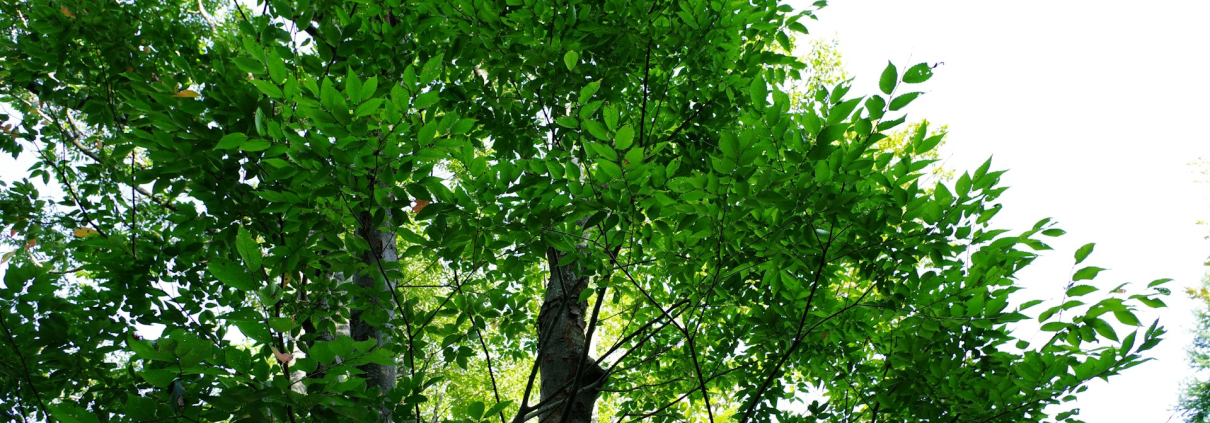Understanding Tree Growth Cycles for Better Pruning
Understanding the growth cycles of trees is essential for effective pruning. By knowing when trees grow or rest, you can time your pruning actions to support healthy development. Trees change with the seasons, and each stage of growth affects how and when you should prune them.
Pruning at the wrong time can harm your trees, stunting growth or making them vulnerable to disease. By learning about the vegetative and dormant phases, you know when your trees need that trim and when they should be left alone to flourish.
When you align your pruning with these natural cycles, your trees will thank you by growing stronger and looking better. Whether you’re tidying up a garden or maintaining larger landscapes, timing your pruning right ensures your green friends stay healthy and vibrant.
The Four Seasons of Tree Growth and Their Impact
Like many living things, trees change with the seasons. Each season brings unique changes that affect how a tree grows and when it’s best to prune. Understanding how trees react to seasons helps you care for them effectively.
- Spring: This is when trees burst into life. New leaves and blossoms appear, and the tree starts to grow rapidly. Pruning should be minimal during this time, as heavy cutting can stress the tree and reduce growth.
- Summer: Growth slows but continues. It’s a great time to shape trees and address any issues you missed in spring. Pruning dead branches and light shaping is safe now, as the tree’s healing process is active.
- Autumn: Leaves change colour and drop, signalling the tree’s preparation for rest. Focus on removing dead branches or any damaged by summer storms. This sets the stage for a healthier dormant period.
- Winter: Some trees enter a dormant phase, resting until spring. This is the ideal time for many trees to get a thorough pruning. With less sap flow, cuts heal quickly without stressing the tree.
Recognising these seasonal changes lets you align your actions with your tree’s natural rhythm, promoting better health and structure.
Recognising Vegetative and Dormant Phases
Trees go through periods of active growth, known as vegetative phases and rest times, called dormant phases. Knowing these cycles helps you find the best times for pruning and maintenance.
Vegetative Phases:
- Spring Growth: This phase is marked by new leaves and rapid stem elongation. Trees focus on growing new shoots and expanding their foliage. Pruning during this time should be minimal to avoid cutting away important new growth.
- Summer Sustenance: In this phase, trees sustain the growth achieved in spring. They provide shade and energy through photosynthesis. Light shaping can be done, but major pruning should be postponed until later.
Dormant Phases:
- Late Autumn Transition: Trees shed leaves to prepare for less sunlight. They conserve energy, preparing for the cooler months ahead. Minor pruning can clean up branches without disrupting the tree.
- Winter Rest: Trees enter a true dormant state, resting until spring. This phase is perfect for pruning as there is less water in the branches, reducing the risk of bleeding sap and allowing cuts to heal faster.
Recognising these phases helps you determine when trees are least stressed by pruning, ensuring robust growth and resilience year-round. Understanding these cycles aids in fostering healthy, strong trees that flourish in their environment.
Timing Pruning for Optimal Tree Health and Growth
Pruning trees at the right time is crucial for their health and growth. The best time to prune depends on the type of tree and its growth cycle. Timing your cuts properly can enhance the tree’s strength and encourage healthy development.
- Deciduous Trees: Late Winter to Early Spring: As these trees are dormant, pruning them now minimises stress and encourages new growth in the spring. Removing weak branches also aids in directing energy to healthier areas.
- Evergreen Trees: Late Spring to Early Summer: Pruning these trees after the initial spring growth flush helps maintain shape and remove any damaged parts. Avoid heavy pruning close to winter, as this can expose trees to cold damage.
- Fruit Trees: During Dormancy: Typically late winter before new buds form, this reduces stress and promotes fruit production. Ensuring sunlight reaches all parts of the tree can improve fruit size and quality.
Pruning timing not only supports optimal growth but also reduces the risk of disease. Well-timed cuts prevent sap loss and allow the tree to use its resources most efficiently.
Techniques for Pruning During Different Growth Stages
Using the right pruning techniques at various growth stages ensures trees remain healthy and strong. Different stages require different methods to avoid damaging the tree.
- Formative Pruning: This technique is essential for young trees. It establishes a strong structure by removing competing leaders and unwanted branches, which prevents issues as the tree matures.
- Thinning: Applicable to both vegetative and dormant phases, thinning involves selectively removing branches to reduce density. This improves air circulation and light penetration, which is essential for healthy growth.
- Heading Cuts: These are used to promote bushier growth by cutting branches back to a bud. It encourages new shoots to grow from below the cut, enhancing the tree’s shape and fullness.
- Deadwooding: This involves removing dead or dying branches at any time of year. It’s crucial for safety and health, preventing decay and disease spread.
By applying these techniques according to the tree’s growth stages, you help ensure the tree’s overall vitality and longevity.
Conclusion
Understanding and aligning with trees’ natural growth cycles allows you to prune more effectively. Attuning to the seasons, recognising growth phases and using the right techniques all play vital roles in the health of your trees. Mindful timing and methodical pruning can transform your garden, promoting not just attractive but also vigorous trees that withstand time and weather with grace.
For those eager to harness these tree care benefits without the hassle of doing it themselves, TPS Tree Services offers professional tree pruning in Brisbane. We understand the nuances of tree growth cycles and are ready to help your trees achieve their fullest potential. Contact TPS Tree Services and let us partner with you to create a safe and thriving outdoor space.




